7 Bizarre, Real-Life Tributes to Fairy Tales
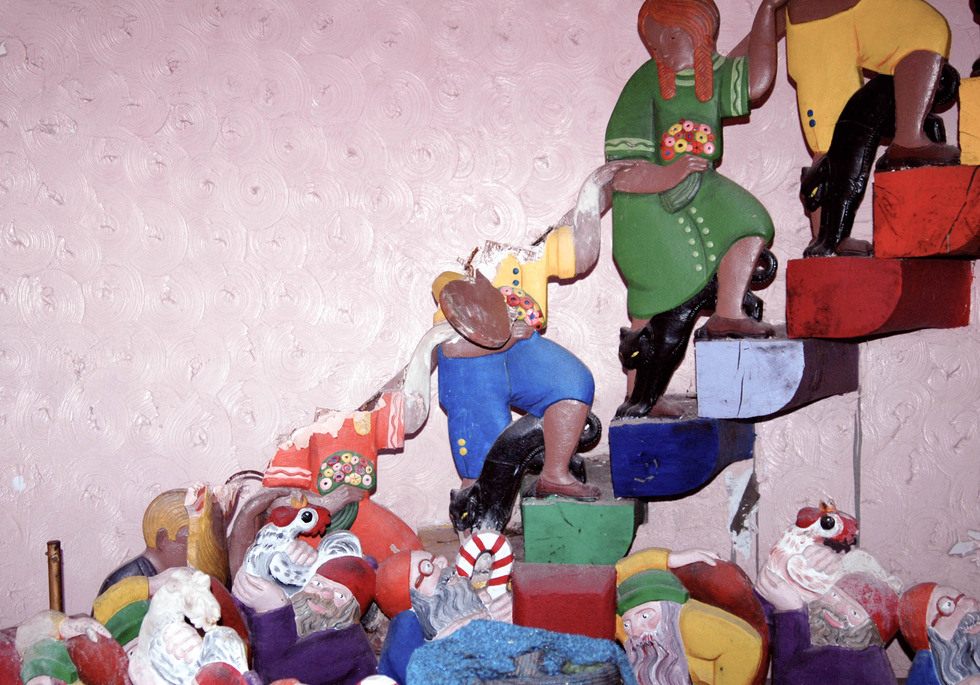
Decoration on the Gingerbread Castle. (Photo: Amanda Petrozzini)
Fairy tales have not always been child-friendly. Their origins are often morbid, murderous and cannibalistic. However, it takes a special sort of city to decide to pay tribute to characters from children’s stories instead of real-life historical figures. When done right, the results are as inventive and bizarre as any magical yarn. Atlas Obscura has rounded up seven notable monuments to the worlds of trolls, gnomes, mermaids, goblins and witches.
1. THE GINGERBREAD CASTLE
Franklin, New Jersey
 (Photo: Amanda Petrozzini)
(Photo: Amanda Petrozzini)
Hamburg, New Jersey, is home to The Gingerbread Castle, a fairy tale-themed amusement park designed in 1928 for F. H. Bennett, the owner of a biscuit company. It was concocted by the Austrian set designer Joseph Urban, who drew inspiration from his own “Hansel and Gretel” stage-set at the Metropolitan Opera. The Gingerbread Castle quickly became a popular tourist destination after it opened in 1930, however by 1980 it had fallen into disrepair. While the property is currently fenced off, its salmon-pink gingerbread turrets are visible from the road.
2. HILL OF WITCHES
Juodkrante, Lithuania
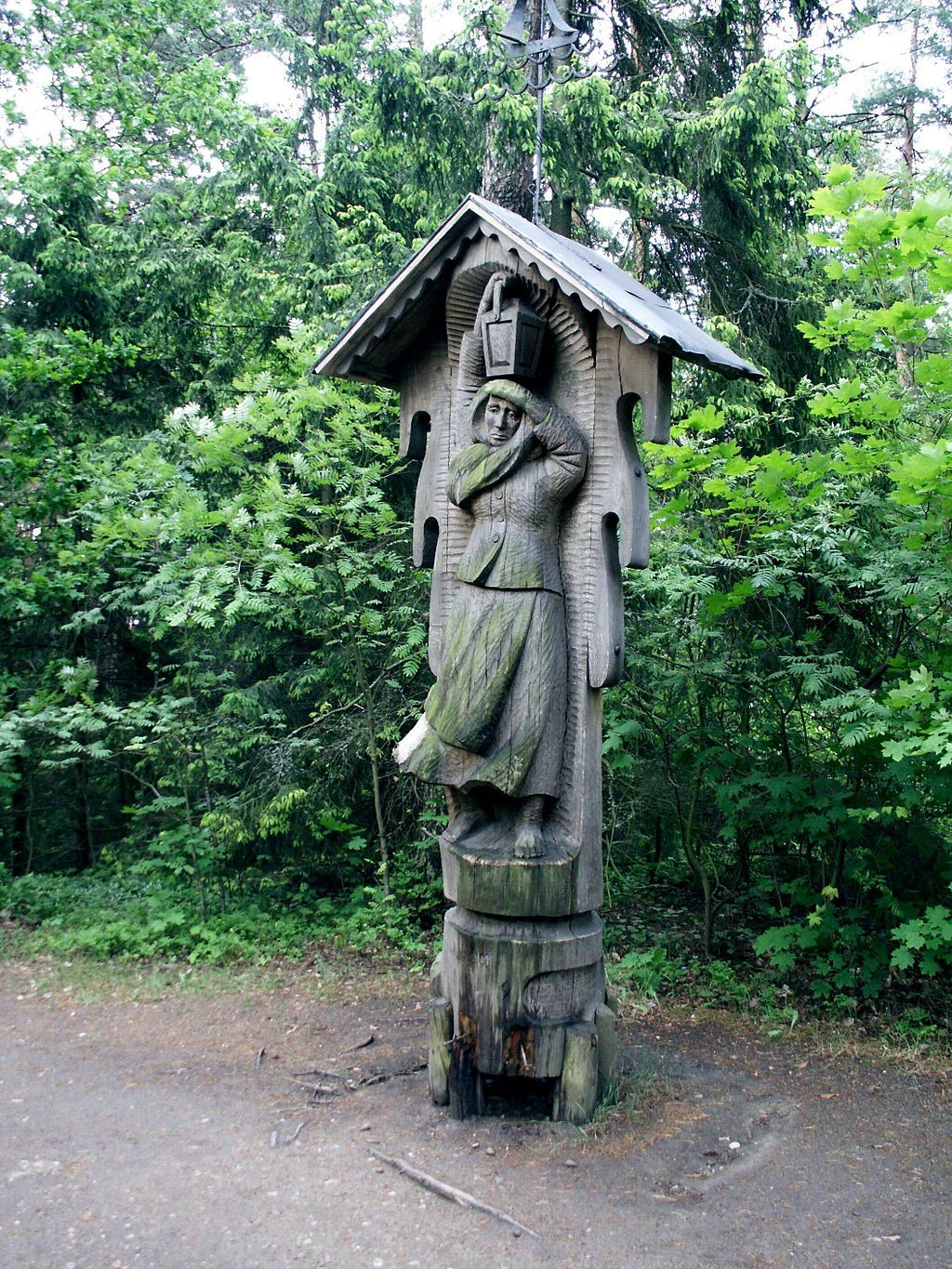 (Photo: Rimantas Lazdynas/Wikimedia Commons CC BY-SA 3.0)
(Photo: Rimantas Lazdynas/Wikimedia Commons CC BY-SA 3.0)
In the small island village of Juodkrante, Lithuania, there lies the “Raganu Kalnas,” or Hill of Witches. It is a public trail which houses over 80 carved wooden sculptures of figures in Lithuanian folklore, such as witches, crow-monsters and devils. Each of the pieces were meticulously carved by hand starting in 1979. The arrival of Midsummers sees a program of traditional pagan celebrations taking place on the Hill of Witches.
3. THE WICHITA TROLL
Wichita, Kansas
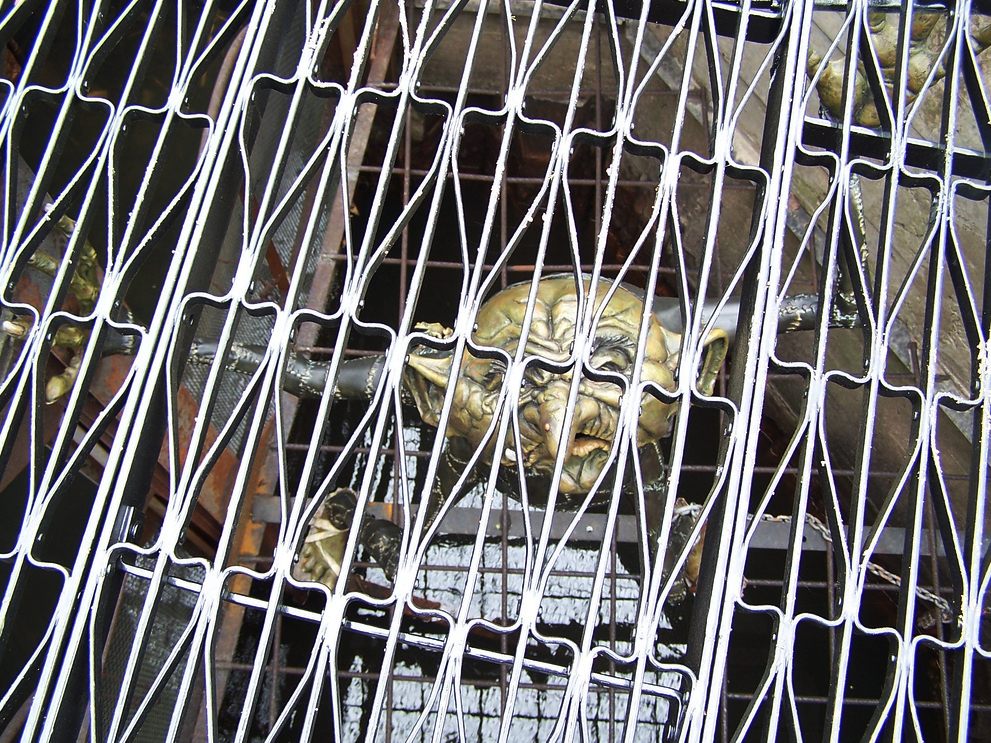 (Photo: Andrea Allen/Flickr)
(Photo: Andrea Allen/Flickr)
This sculpture, created by local artist Connie Ernatt, stares up from beneath a storm gate in Wichita. Installed in 2007, the gruesome seven-foot-tall creature is illuminated by a sickly green light at night, but is nearly invisible to passersby during the day time.
4. WALKING TO BORÅS
Borås, Sweden
 (Photo: Stuart Chalmers/WikiCommons CC BY 2.0)
(Photo: Stuart Chalmers/WikiCommons CC BY 2.0)
Pinocchio, the wooden boy whose nose grows as he lies, was created by Italian author Carlo Collodi in the 1880s. Some 130 years later, a 30-foot bronze Pinocchio costing $11million was unveiled in the Swedish countryside town of Boras. But don’t be fooled by the giant statue’s pride of place: Pinocchio has absolutely nothing to do with Boras. Created by the major American artist Jim Dine, the looming Disney character was initially controversial due to its hefty price tag and the whiff of American imperialism, however since 2008 opponents have never succeeded in their quest to remove what is surely one of the most delightfully bizarre tributes in all of Scandinavia.
5. THE LITTLE MERMAID
Copenhagen, Denmark
 (Photo: News Oresund/Flickr)
(Photo: News Oresund/Flickr)
In the original fairy tale by Danish author Hans Christian Andersen, the Little Mermaid suffers pain when walking, gets her tongue cut out, and then loses both her Prince and her life. The bronze Little Mermaid statue that sits forlornly by the water in Copenhagen seems to also be unlucky. Since 1964, it has been frequently vandalized and even decapitated. But unlike its Disney relative, the Pinocchio memorial (above), there is at least a good reason for the mermaid to have alighted on those rocks in Copenhagen: the author of the tale lived and died there, in 1875.
6. SOUGENJI KAPPA-DERA TEMPLE
Taito, Japan
 (Photo: Guilhem Vellut/Flickr)
(Photo: Guilhem Vellut/Flickr)
The Sougenji Kappa-Dera Temple in Japan serves as a shrine to “kappa,” a mythical creature found in Japanese folklore. They may look kind of cuddly, but these bi-pedal, turtle-like aquatic goblins are said to lure humans into water to drown them. Legend has it that neighborhood near the temple was apparently so plagued with kappa problems that residents built this structure to appease them. Inside, the altar is piled high with offerings of cucumbers, said to be the kappa’s favorite food.
7. ELWOOD, THE WORLD’S TALLEST CONCRETE GNOME
Ames, Iowa
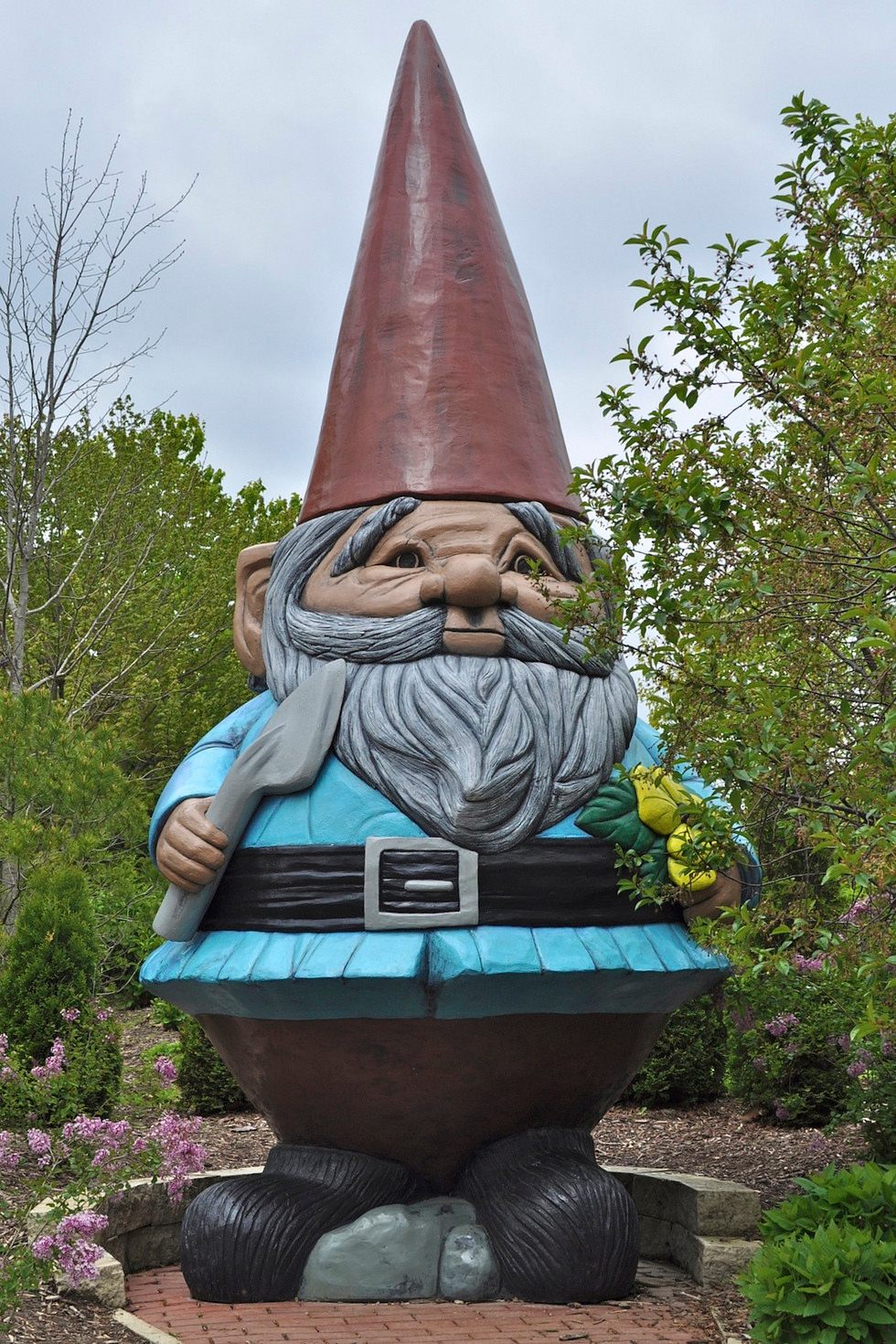 (Photo: Scott McLeod/Flickr)
(Photo: Scott McLeod/Flickr)
Looking a lot like the 1980s television character David the Gnome, this 15-foot concrete garden gnome named Elwood lives in a leafy part of the University of Iowa’s campus. Until an 18-foot challenger surfaced in Poland, Elwood was seen as the tallest gnome in the world; his caretakers have since affixed the word “concrete” to that superlative (the Polish gnome is made of fiberglass). Created in a workshop in Wisconsin, this magnificent specimen weighs 3,500 pounds.
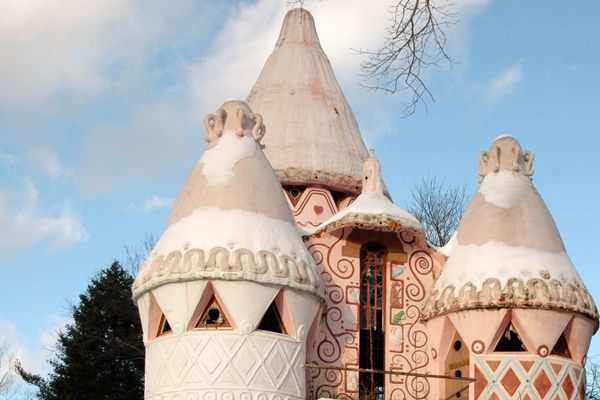














Follow us on Twitter to get the latest on the world's hidden wonders.
Like us on Facebook to get the latest on the world's hidden wonders.
Follow us on Twitter Like us on Facebook